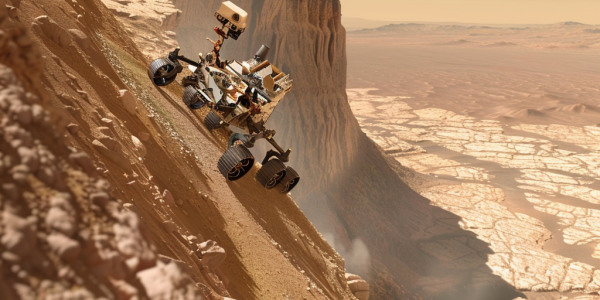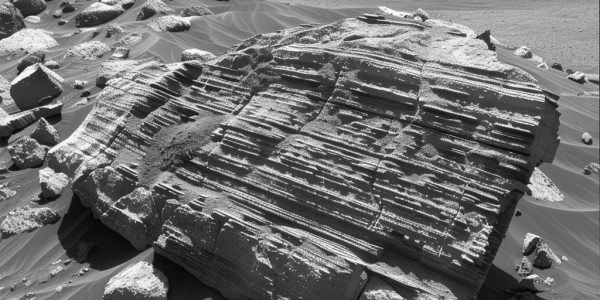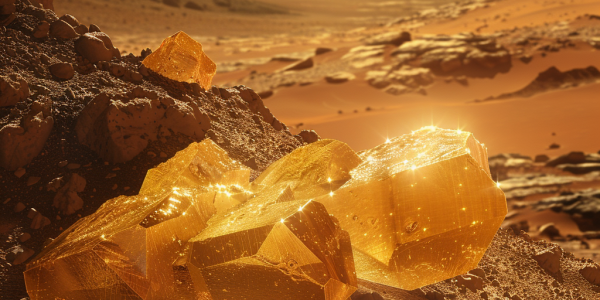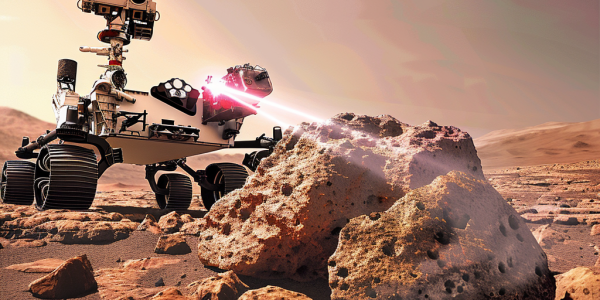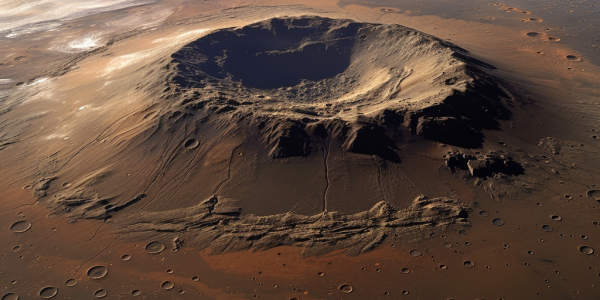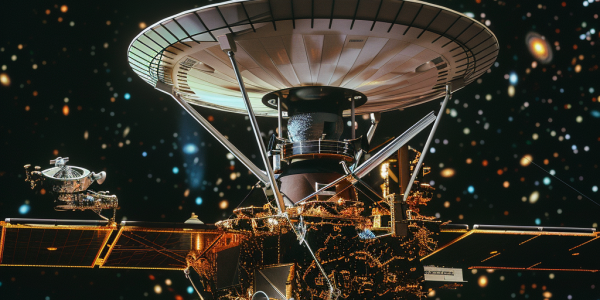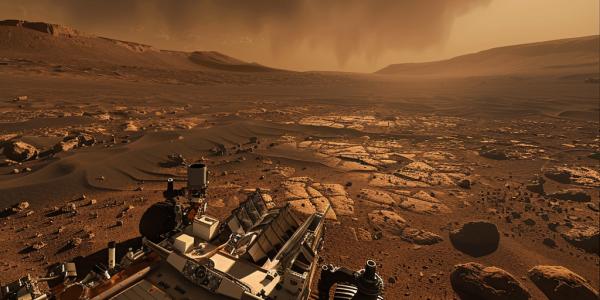JPL Announces Layoffs of 325 Employees Due to Budget Cuts
In a significant budget-related decision, the Jet Propulsion Laboratory (JPL) has announced workforce reductions impacting approximately 325 employees, or 5% of its total workforce. JPL Director Laurie Leshin communicated the layoffs, effective November 13, 2024, emphasizing the necessity of these measures to align with fiscal year 2025 budget constraints while continuing vital NASA projects. This move reflects ongoing funding challenges in the aerospace sector, as JPL aims to maintain operational integrity and support future space exploration initiatives.
Perseverance Rover Tackles Steep Challenges on Mars
NASA’s Perseverance rover is facing significant challenges as it navigates the steep, slippery terrain of Jezero Crater on Mars. This ambitious mission aims to collect samples and search for signs of ancient microbial life. Despite unexpected obstacles, the rover’s team is implementing innovative strategies to enhance traction and ensure successful exploration of the Martian landscape.
Voyager 1 Reestablishes Communication After Blackout, Continues Interstellar Exploration
NASA’s Voyager 1 spacecraft, launched in 1977, has reestablished communication after a technical issue caused a blackout. Now 47 years old and 15 billion miles from Earth, Voyager 1 continues to send valuable data from interstellar space, enhancing our understanding of cosmic rays and the interstellar medium. The recent activation of a backup transmitter showcases the ingenuity of NASA’s engineers as they navigate the challenges of aging technology in deep space exploration.
NASA’s Perseverance Rover Discovers Unique Striped Rock on Mars
NASA’s Perseverance rover has discovered a unique black-and-white striped rock on Mars, named ‘Freya Castle.’ Captured by the rover’s Left Mastcam-Z camera in Jezero crater, this fascinating geological formation offers insights into Mars’ geological history. Scientists are analyzing its unusual striped texture, which may result from igneous and metamorphic processes. As Perseverance continues its exploration, the potential for new discoveries about the Red Planet’s past and its geological diversity remains high.
Curiosity Rover Discovers Pure Sulfur on Mars, Unveiling Geological Mysteries
A groundbreaking discovery by NASA’s Curiosity rover on Mars has revealed bright yellow crystals of pure sulfur, marking the first identification of elemental sulfur on the Red Planet. This significant finding in the Gediz Vallis Channel raises intriguing questions about Mars’s geological history and potential past habitability. Scientists are eager to explore the implications of this discovery, as it may offer insights into the conditions that once existed on Mars and the possibility of life.
NASA Utilizes AI in Mars Exploration Missions
NASA is incorporating artificial intelligence (AI) into their Mars missions to enhance exploration efficiency. AI-equipped rovers like Curiosity and Perseverance can autonomously select rocks for analysis and identify minerals in real-time. The integration of AI technology not only maximizes productivity but also sets the stage for future autonomous spacecraft. With NASA’s dedication to advancing AI in space exploration, new discoveries on Mars and beyond are within reach.
Voyager 1 Resumes Sending Scientific Data from Interstellar Space
Voyager 1, the farthest man-made object from Earth, has resumed sending scientific data after months of radio silence. NASA successfully reestablished communications with the spacecraft, receiving critical observations on plasma and magnetism in interstellar space. This achievement adds to NASA’s legacy of groundbreaking space exploration projects, inspiring humanity with each new milestone reached.
NASA’s Mars Odyssey Orbiter Captures Breathtaking Image of Olympus Mons, Largest Volcano in Solar System
NASA’s Mars Odyssey orbiter captures a stunning image of Olympus Mons, the largest volcano in the solar system. Standing at 17 miles tall and 373 miles wide, this colossal shield volcano on Mars is showcased in all its grandeur. The image reveals the volcano’s caldera at its peak, surrounded by the Martian atmosphere with colorful bands of dust, water-ice clouds, and red dust layers. This unprecedented view offers valuable scientific data for researchers, providing insights into Mars’ geological features and atmospheric conditions.
Voyager 1 Resumes Full Science Operations After Technical Glitch
NASA’s Voyager 1 spacecraft, the farthest human-made object from Earth, has resumed full science operations after a technical glitch. The dedicated team behind Voyager 1 successfully identified and fixed the issue, allowing the spacecraft to transmit clear data from its science instruments located 15 billion miles away in interstellar space. This milestone showcases Voyager 1’s resilience and the ongoing success of its mission, inspiring future generations of space enthusiasts.
NASA’s Perseverance Rover Samples Spark Excitement Among Scientists
Excitement abounds among scientists as NASA’s Perseverance Mars rover’s sample tubes reveal potentially groundbreaking material, sparking speculation about ancient microbial life on the Red Planet. The discovery of hydrated silica in a sample named ‘Lefroy Bay’ has researchers hopeful for clues to Mars’ past habitability, emphasizing the importance of bringing these samples back to Earth for further analysis.


